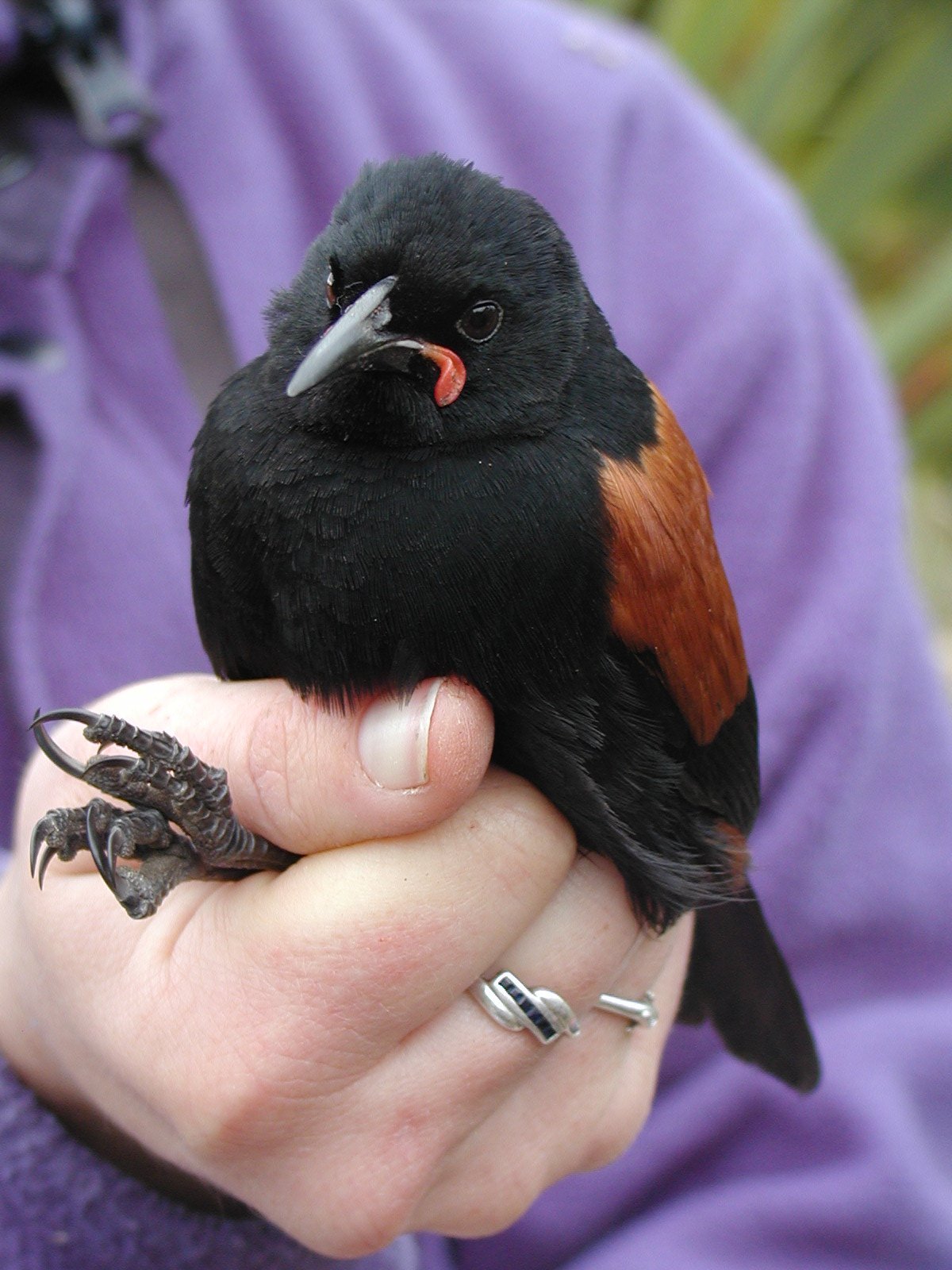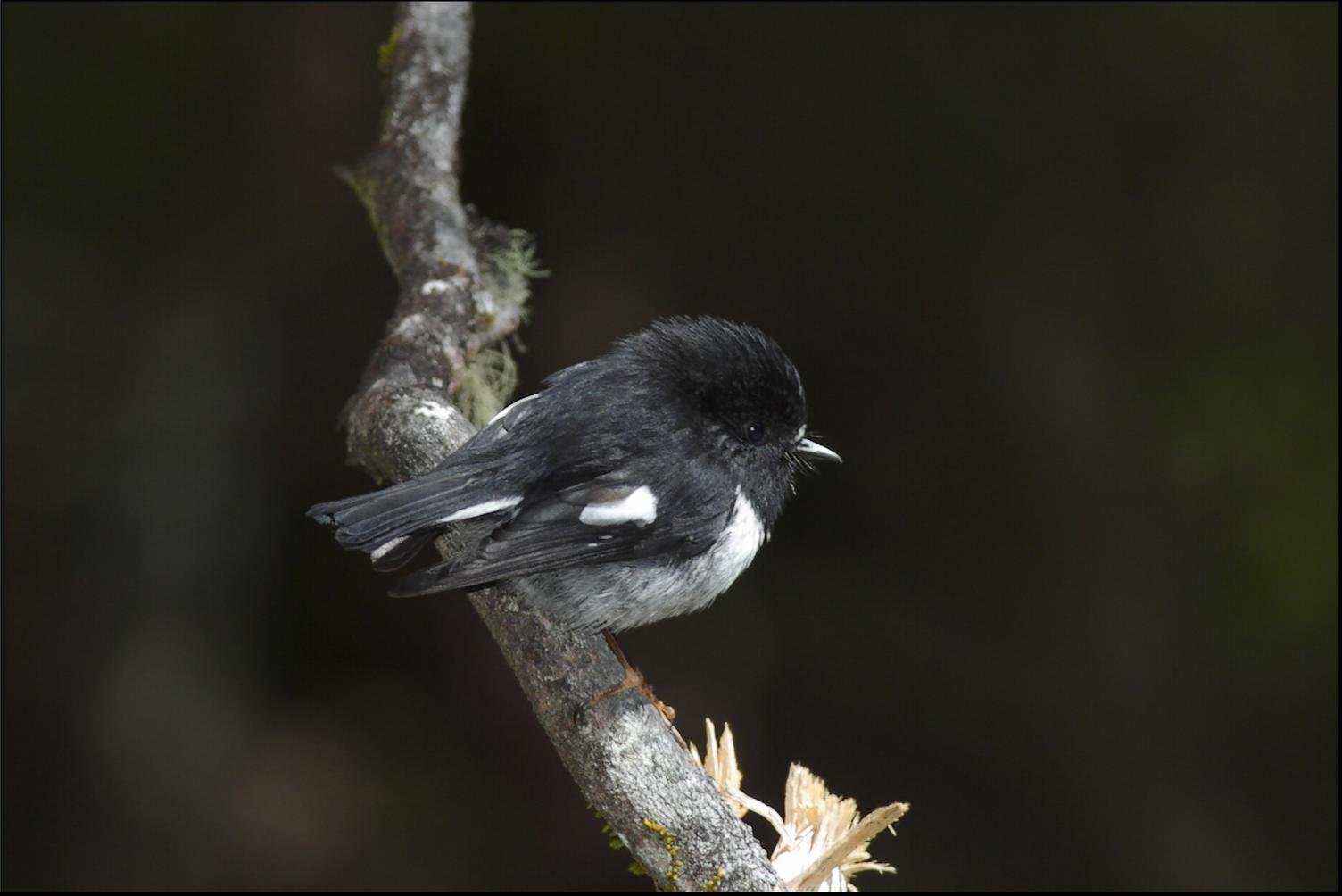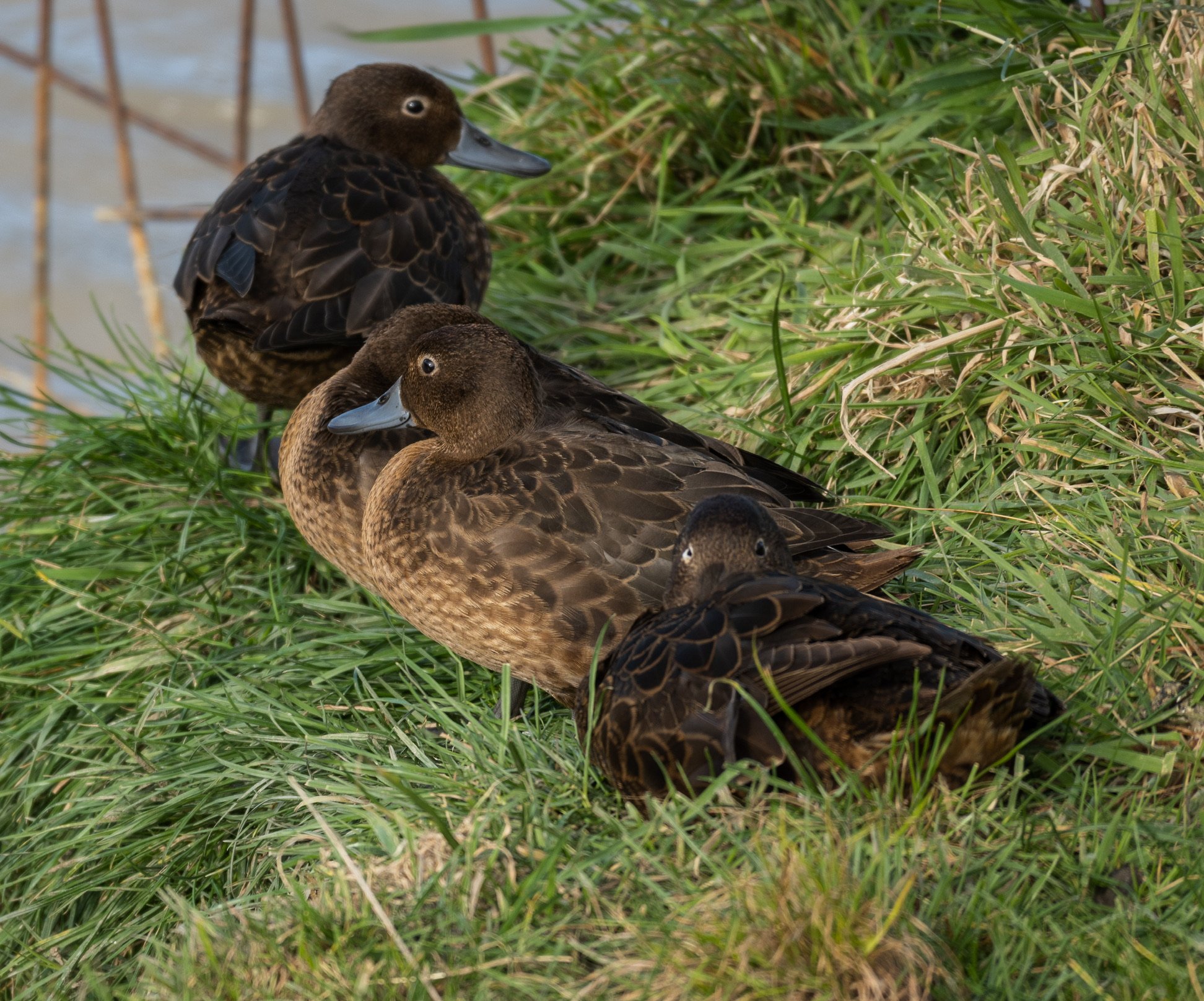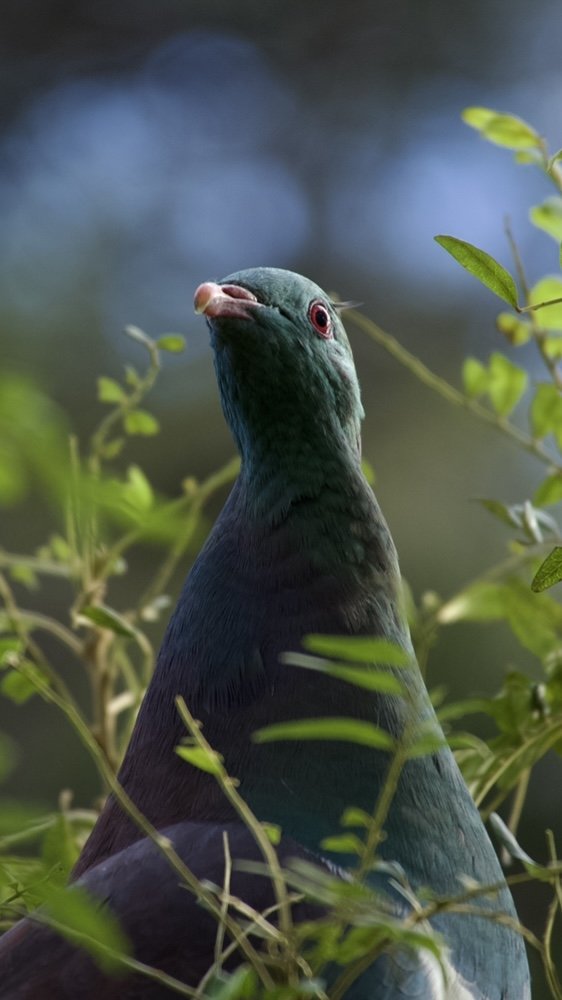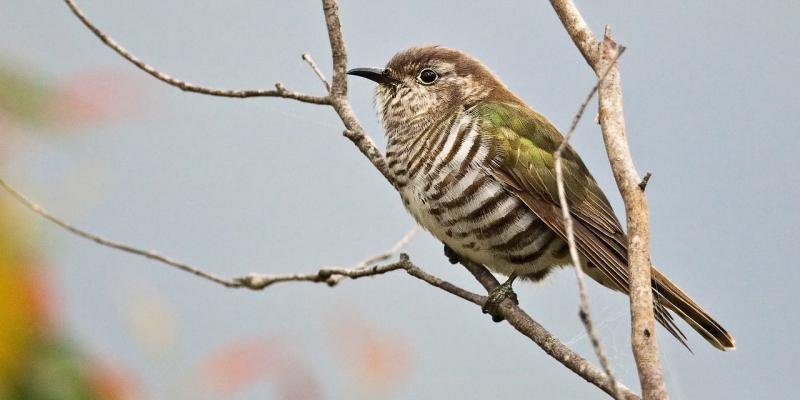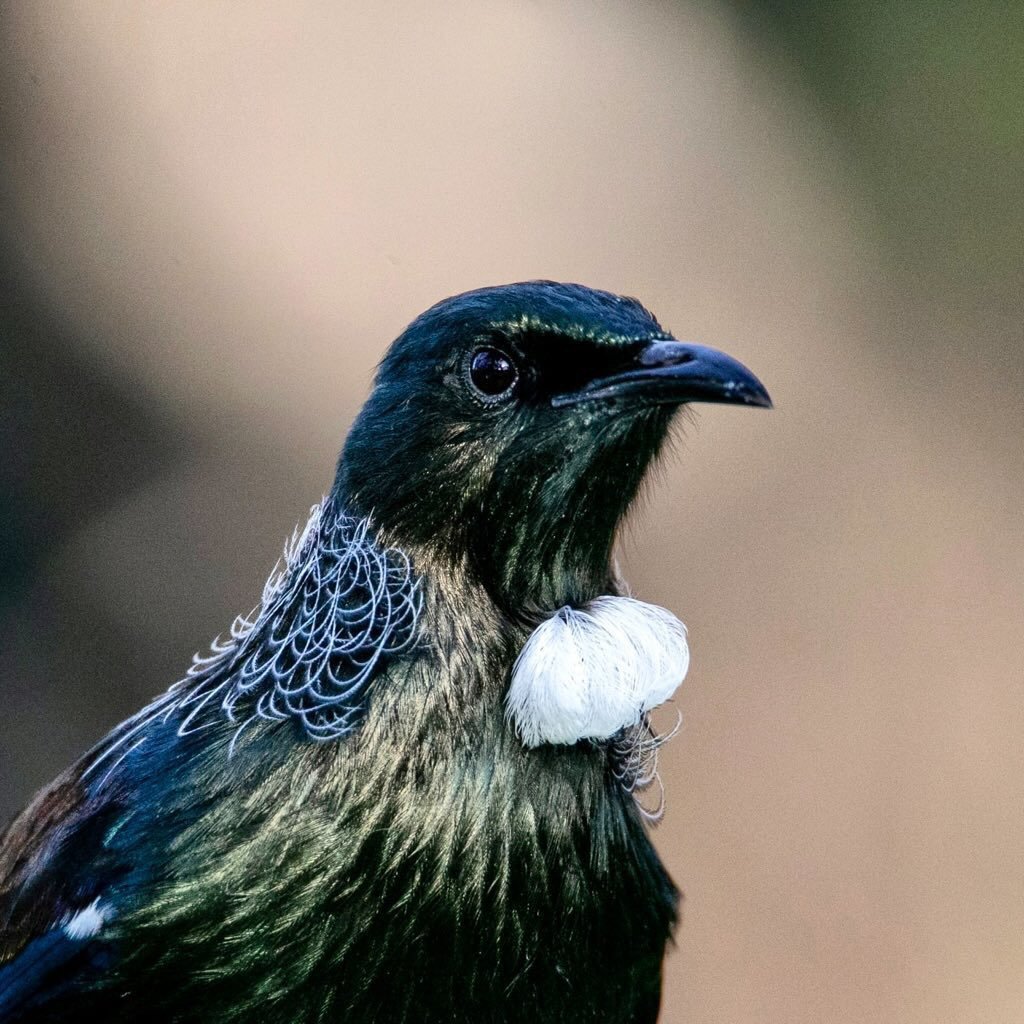Forest birds
Translocated

-
A kākā ‘breed to release’ programme began at aviaries at the sanctuary in 2012, and the young hatched onsite released. To supplement the establishing population, twenty-nine kākā, originating from Zealandia, were translocated to Cape Sanctuary between 2014 and 2017. The current population estimate is over one-hundred birds with exponential growth anticipated. Kākā have been observed in Te Awanga, Havelock North and Napier.
-
One hundred and twenty tieke were transferred from Cuvier—Repanga Island situated offshore from the Coromandel, to Cape Sanctuary in May 2013. Unfortunately, tieke did not take well to Cape Sanctuary and dispersed. Ten years later, with richer forests and a better understanding of tieke requirements, Cape Sanctuary looks forward to future translocations.
-
Fourty-four kākāriki were transferred from Kapiti Island in 2012. At the same time, nine captive breeding pairs were established at the sanctuary and with local breeders, from juveniles sourced from Matiu—Somes Island in Wellington Harbour. The young of these captive pairs were released into the sanctuary, around 50 chicks each year for 4 years. The current population is estimated to be over two-hundred.
-
Ninety, Titipounamu were transferred from Hawke’s Bay forests to Cape Sanctuary between 2008 and 2010 . A small population remains in the sanctuary’s central forest block. As the sanctuary’s forest grows, we expect rifleman populations to increase.
-
Thirty-six Toutowai (North Island Robin) were translocated from Hawke’s Bay forests to Cape Sanctuary in 2007. Nowadays the robin population is dense within the native ‘Rough Block’, and spreading into forested farmland gullies and lodge surrounds.
-
Sixty, Popokotea were transferred from Hawke’s Bay populations at Boundary Stream and Maungataniwha to Cape Sanctuary’s ‘Rough Block’ in 2008 and 2010. The population has grown and spread across the peninsula and they are frequently reported within the Ocean Beach forest
-
Twenty-four miromiro were translocated from Hawke’s Bay forests in 2007 and 2008 to Cape Sanctuary’s Rough Block. At the time there was a small remnant population. Numbers steadily increased until recent years where an expanding robin population proved dominant over tomtits. Cape Sanctuary is planning another translocation of tomtits to the Ocean Beach side of the sanctuary.
-
Two hundred and fifty pāteke were translocated to Cape Sanctuary between 2008 and 2010. Yearly counts at ‘flocking dams’ have estimated the current population between 200-250 with frequent sightings reported outside the sanctuary
-
Takahē from Burwood Takahē centre were transferred to Cape Sanctuary in 2012 and 2014. In preparation of the 2021 aerial rabbit control operation, takahē were temporarily removed from the site and welcomed back in 2022. On Christmas Day, 2022 Cape Sanctuary welcomed the first takahē chick since the bird’s return
-
Banded Rail were translocated from captive breeding facilities to Cape Sanctuary in 2016. These secretive birds are hard to spot and have never been seen since release.
Returning Endemic




